Q&A Ron Swidler, The Gettys Group
During this festive period we will continue to focus on our Bar and Restaurant content campaign. We recently invited Ron Swidler, Chief Innovation Officer at The Gettys Group to be a panellist in our campaign webinar, you can watch the recording here, and we got back in touch with Ron to ask him a few more questions about bars and restaurants in hotel settings.
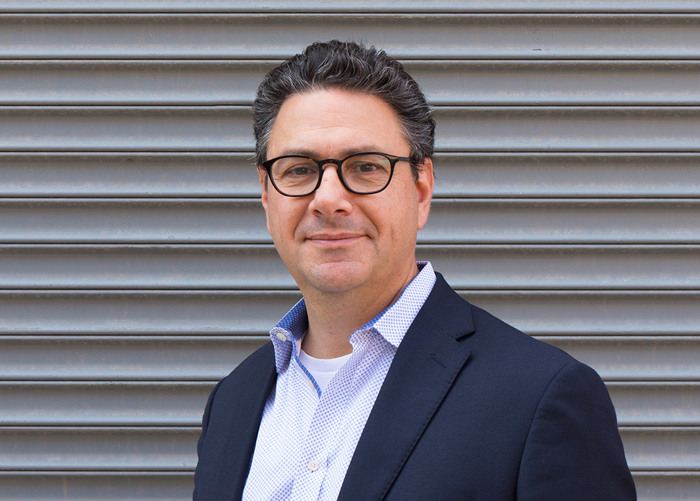
How have hotel bars and restaurants changed over the last decade?
It was only 10 years ago that lifestyle hotels hit their accelerated growth curve, thanks in part to the big brands enthusiasm for the category (think of Marriott’s creation of the Autograph Collection) after seeing the successes of smaller lifestyle collections like Kimpton Hotels, Ian Shrager’s hotels, Joie de Vivre and W Hotels. It was these lifestyle hotels that transformed hotel restaurants and bars from required, loss-leader amenities to desirous, trend-setting destinations. Now, hotel F&B can be profitable and progressive, attracting talented chefs and mixologists and the guests and locals who expect a more interesting dining experience. Of course, this evolution to more dynamic and magnetic restaurants and bars has effected the branding/marketing and design of these places and spaces. Nearly all of our restaurants and bars now have a unique brand and design narrative that serves as the foundation for our at each venue.
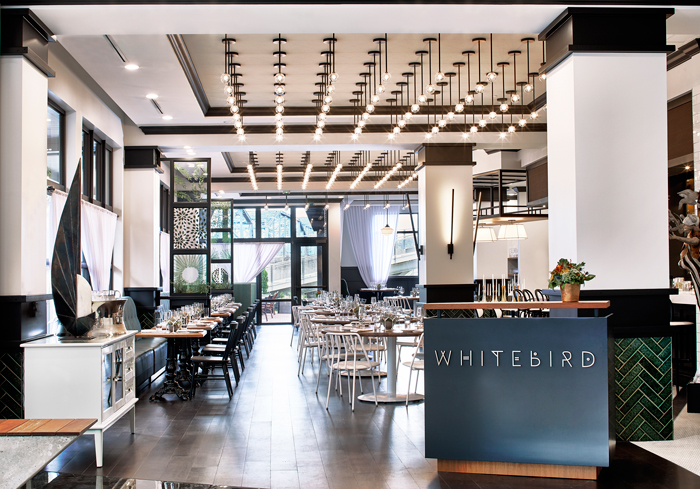
Whitebird at The Edwin, Autograph Collection.
Whether it is a new food concept, like our Whitebird restaurant at the Edwin Hotel in Chattanooga, Tennessee (where we balanced Appalachian and Native American cuisine) or an updated classic, it’s companion, Whiskey Thief (a destination rooftop whiskey bar) at the same hotel, a great brand story drives buzz and business.
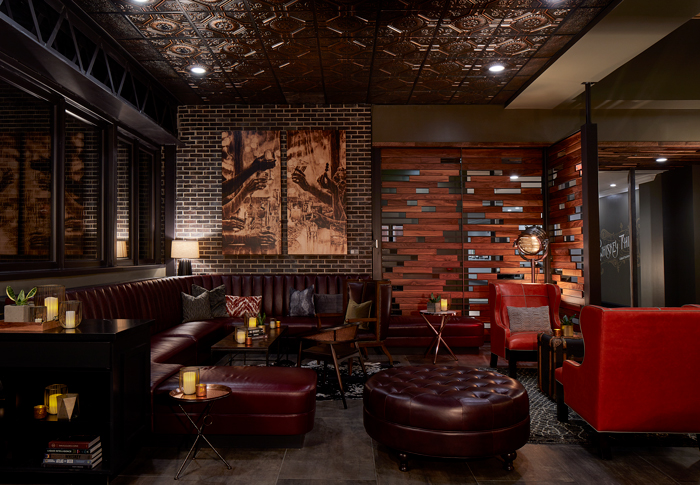
The Edwin – Chattanooga, TN
What impact can a bar or restaurant have on the overall success of a hotel? What are the key contributing factors?
The impact of a successful bar or restaurant on a hotel is significant both in terms of revenues and the brand lift, or increase in exposure and perception of a hotel in which it resides. We are working on a new build Tribute Portfolio-affiliated hotel outside of Birmingham, Alabama right now where the financial proforma anticipates that 50% of the revenues will come from food and beverage, inclusive of banquets and catering. That is not uncommon for a hotel with more than one desirable concepts (all-day restaurant, coffee bar/café and enough meeting space to host medium-sized social and business events). In that instance, the quality of the hotel and food and beverage match, but that is not always the case. We just opened a beautiful Marriott TownePlace Suites that we developed in Nashville, Tennessee.
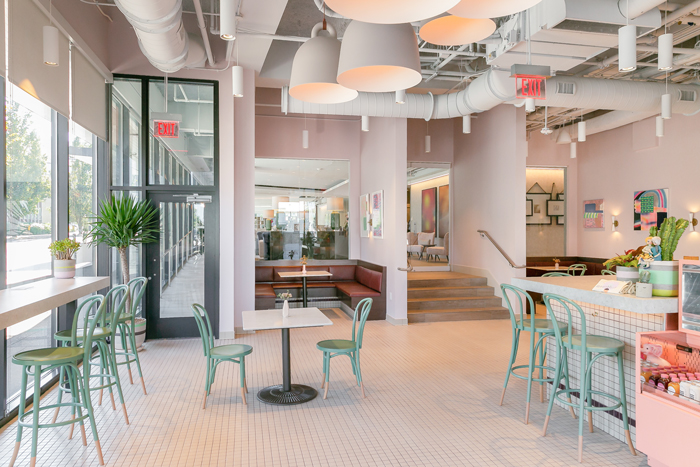
Moonshot at Towneplace Suites Nashville Downtown / Capitol District
While it is an upper-midscale hotel, according to Smith Travel Research chain scales, but it has a premiumized food and beverage offering in a swanky rooftop restaurant/bar, called Zeppelin, and a neighborhood cool coffee bar, called Moonshot. These F&B amenities raise the brand perception of our hotel.
Does the use of hotel bars and restaurants change in different countries or settings?
Absolutely. We worked with one of the largest hotel companies in the world on a redevelopment of one of their select service brands. In the US, they do not have bars or restaurants in their hotels. When the brand expanded into Europe, we placed a small bar as a central feature of the lobby knowing that culturally, it is an accepted and expected part of a hotel experience.
Can you tell our readers about some of your most recent hotel bar and restaurant projects?
We just opened a rooftop restaurant and bar, called Zeppelin, in a hotel we developed in Nashville, Tennessee..
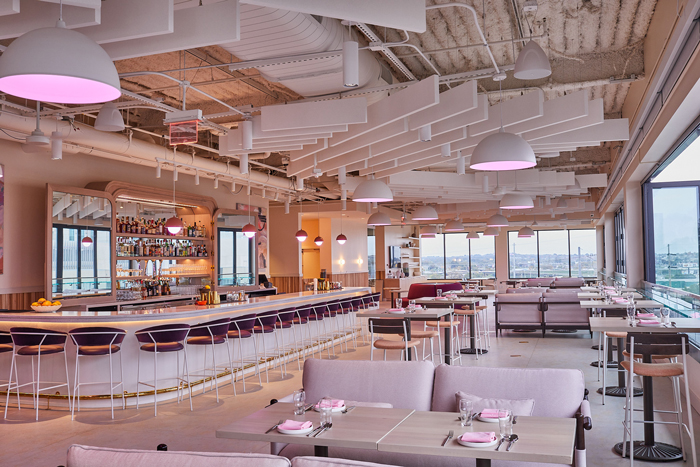
Zeppelin at Towneplace Suites Nashville Downtown / Capitol District
The bright and light, purple and pink-studded restaurant seats 165 guests. An exposed all-white ceiling lends to a loft-like ambiance, flanked by wrap-around windows that open up to offer an indoor-meets-outdoor dining experience. Anchoring the center of the space is an 18-seat grand bar appointed with white metal, soft wood, and a finely detailed stone top. Zeppelin also boasts a 500 square-foot all-season outdoor lounge with four firepits that features misting and heating systems to provide a temperature-controlled outdoor retreat year-round.
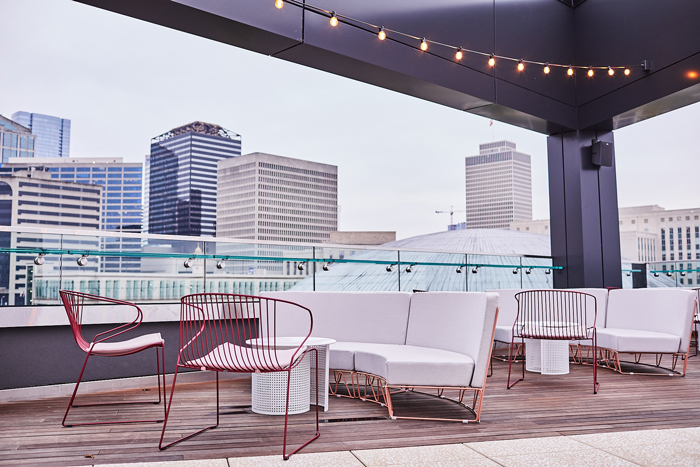
Zeppelin at Towneplace Suites Nashville Downtown / Capitol District
We also concepted, designed and developed some very cool hotel F&B experiences that are set to open soon in Minneapolis, Minnesota (see images here and more press here). The historic, art deco architectural gem has served as an office tower but has been converted to a glorious lifestyle hotel, called The Rand Tower Hotel, part of Marriott’s Tribute Portfolio hotels.
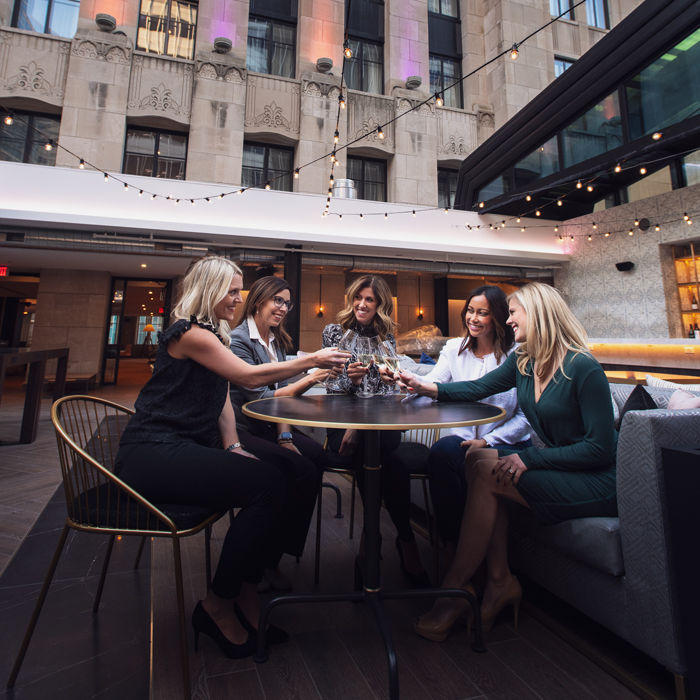
The Rand Tower Club at Rand Tower Hotel, Tribute Portfolio
The hotel will contain a glamorous ground-level bar, adjacent to the front desk, called Whiskey & Soda (named after the two lion cubs adopted by the building’s namesake, Rufus Rand Jr., after flying with the LaFayette Squadron in France at the start of WWI). There is also a enticing rooftop bar with a retractable roof, called The Rand Tower Club, that will function year-round as an indoor/outdoor restaurant, bar and event space.
What are the key design considerations when designing a bar or restaurant which is within a hotel setting?
For most of our projects, we are concepting and designing our restaurants and bars with intriguing brand narratives that will appeal to guests and non-guests alike. We feel that our most successful outlets compete and perform much like standalone restaurants and bars that just happen to be located within a hotel or resort. One interesting consideration for many of our projects is the question of who is the best operator for the restaurant, the hotel company or an independent, third-party management company. Each has its benefits to the project, for instance: on an upper-upscale lifestyle hotel we are working on with a dramatic, ground level three-meal restaurant and shared kitchen for the meeting and banquet space, it makes the most sense for the hotel management company to control both catering and restaurant/bar operations. For another project, an Upper Upscale resort we are designing in Colorado, the owner is leaning towards a third-party restaurant company to operate the signature restaurant to leverage their excellent reputation in the valley.
What will hotel bars and restaurants look like post 2020?
Of course, the trends we were seeing prior to the pandemic are likely to continue: unique offerings, notable chefs, sustainable practices, locally-sourced ingredients, crafted cocktails from micro-distillers and brewers, small-plates and shared plates and more. What we are also likely to see is some of the innovations that were adopted enthusiastically and expeditiously are likely to remain, including: expanded and experiential outdoor dining, online ordering and tracking, enhanced takeaway and finish-at-home menus.
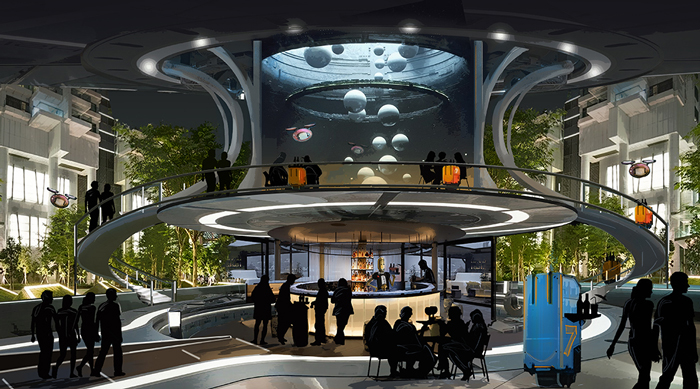
Hotel of Tomorrow Robot Alliance Concept
Our Hotel of Tomorrow Project, a global, industry-wide think tank (learn more at www.hotel-of-tomorrow.com) identified some trends that are likely to colour the future of hotel restaurants and bars, including: automation (robot bartenders and servers), autonomous delivery vehicles (with enhanced heating and cooling capabilities during delivery), multi-lingual service-on-demand interactions and advanced vending for around-the-clock offerings.
Contact The Gettys Group




